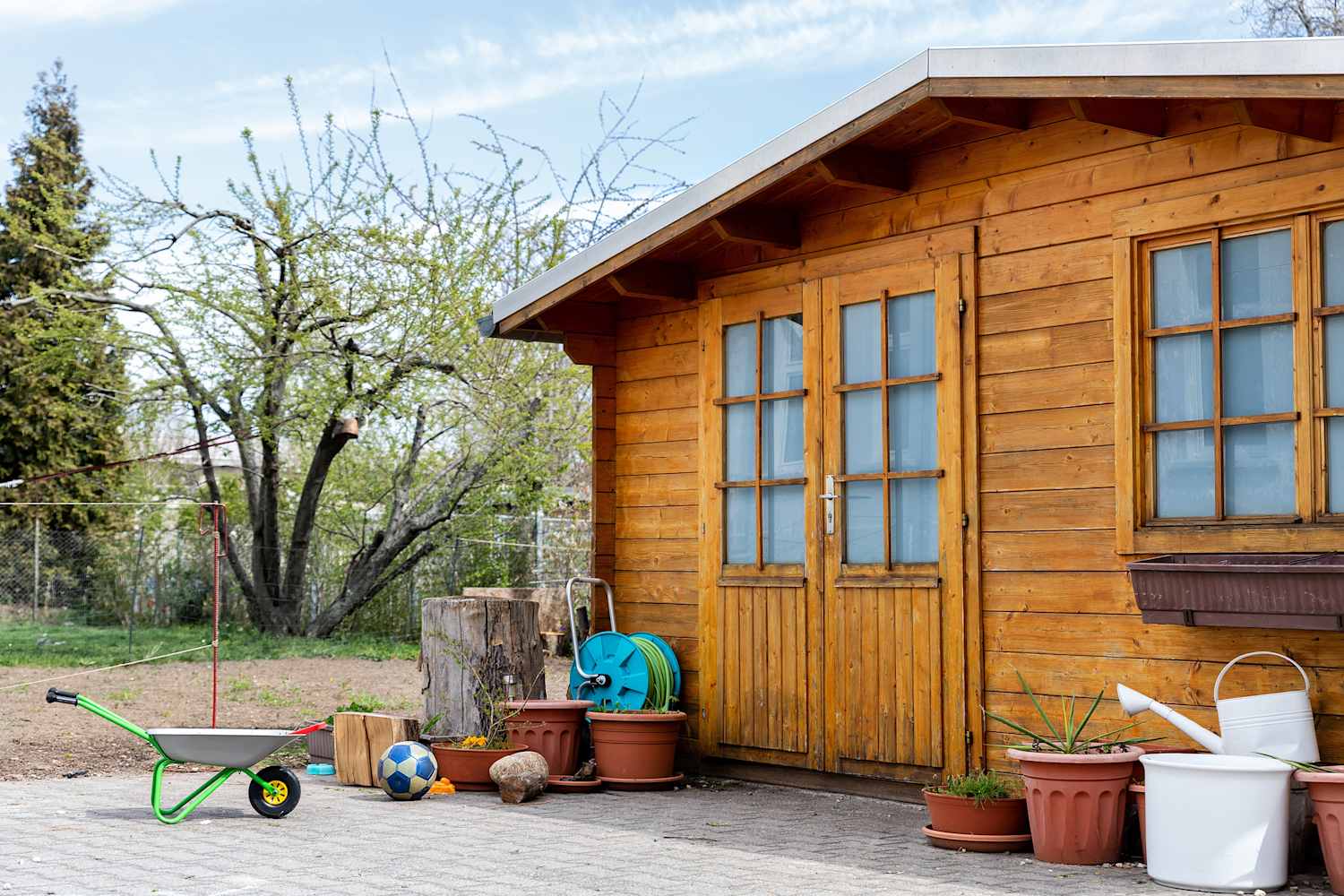
"Winterizing your outdoor hose and spigot doesn't seem like that big of a deal, but it can cost you big: I've heard stories of burst pipes going unnoticed until spring after months of water seeping into basement walls and crawl spaces, leading to thousands of dollars in repairs and major mold remediation. A few years ago, the first hard freeze caught me off guard and I came a little too close to that outcome for comfort."
"Luckily, my husband noticed ice buildup around the hose bib the next morning. Thinking quickly, he grabbed a heating pad, plugged it into an extension cord, and wrapped it around the hose and spigot. After several minutes, he was able to thaw it enough to remove the hose and prevent any damage. Crisis averted. My husband's quick action likely saved us a ton of money by preventing the spigot from fully freezing and causing damage to our plumbing."
Frozen outdoor hoses and spigots can lead to hidden burst pipes, water seeping into basements and crawl spaces, mold growth, and thousands of dollars in repair costs. Rapid temperature drops can catch homeowners off guard, especially when hoses and non-frost-proof spigots remain connected. Immediate thawing with a heat source can prevent damage if freezing begins. Essential winterization steps include disconnecting spray wands and sprinklers, removing hoses to drain remaining water, shutting off the indoor valve supplying the outdoor spigot, and opening the outdoor faucet to drain it completely. Timely winterization and maintenance prevent expensive repairs.
Read at Apartment Therapy
Unable to calculate read time
Collection
[
|
...
]